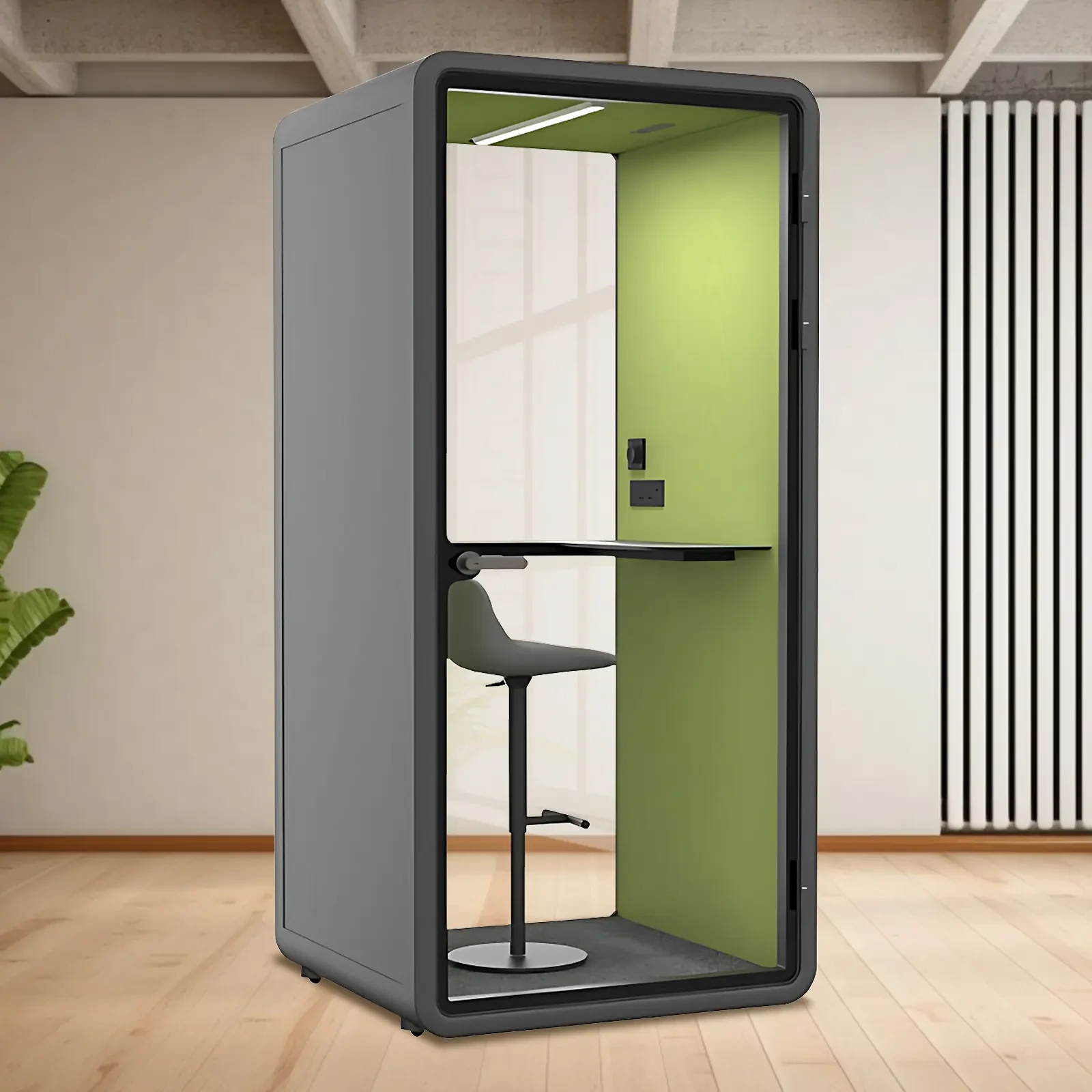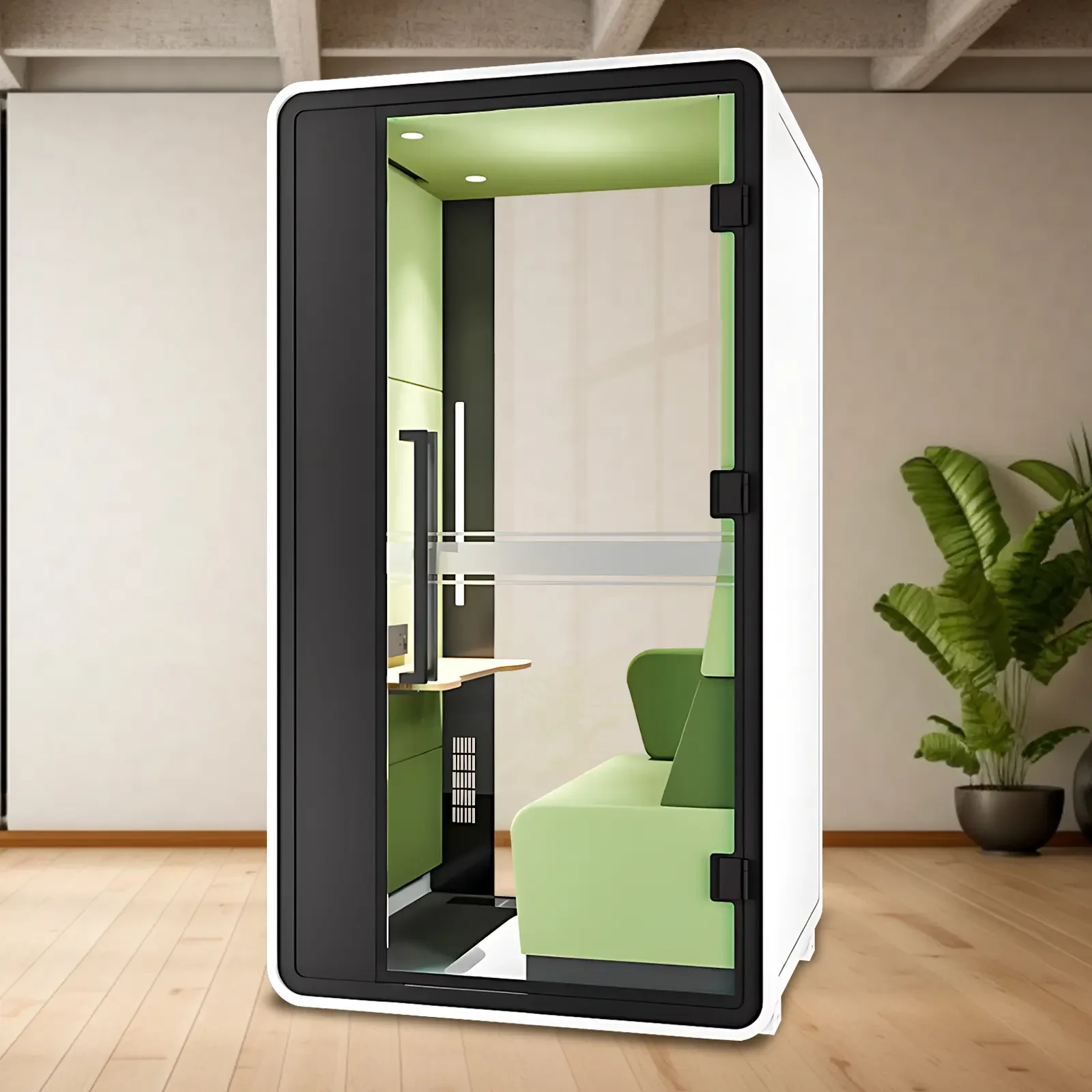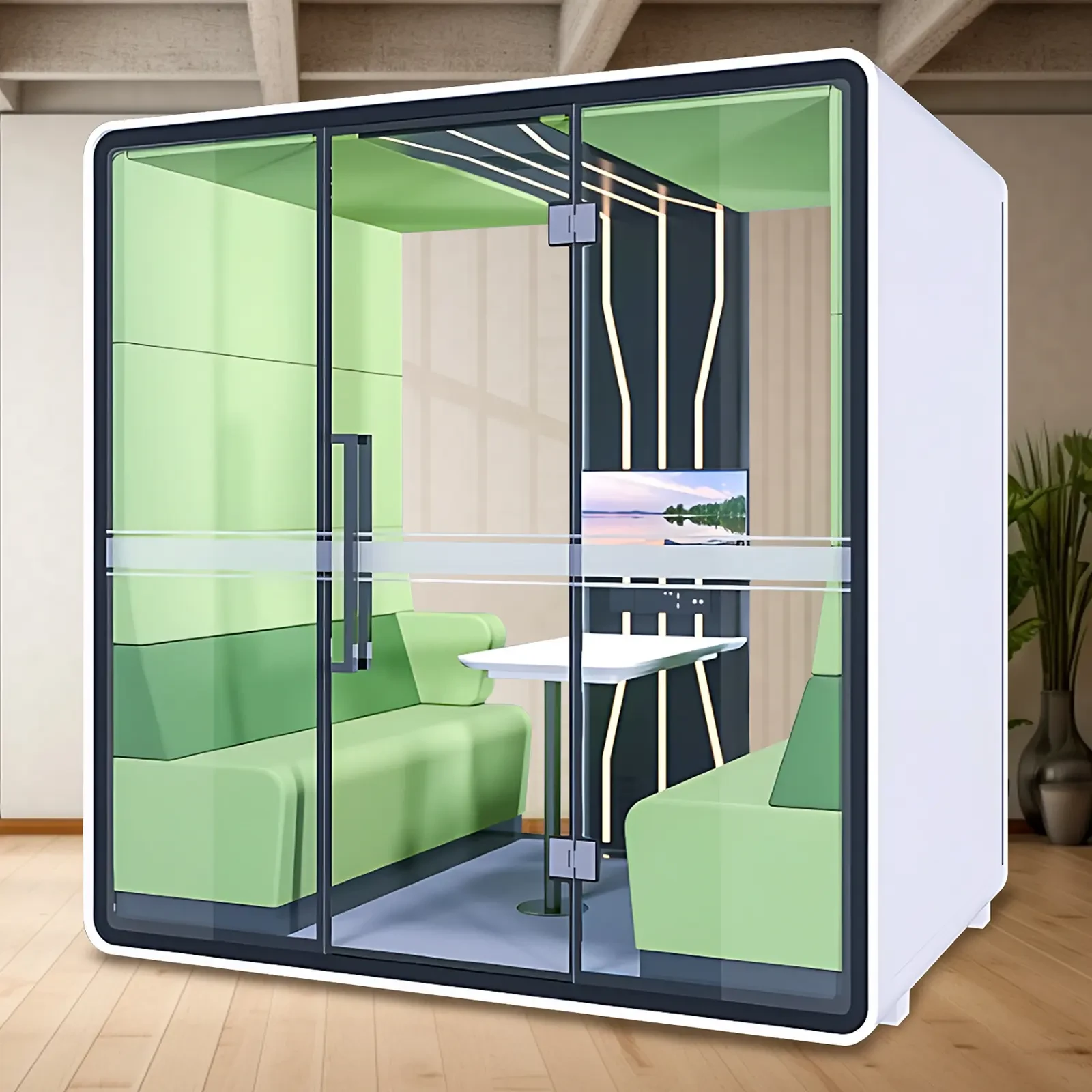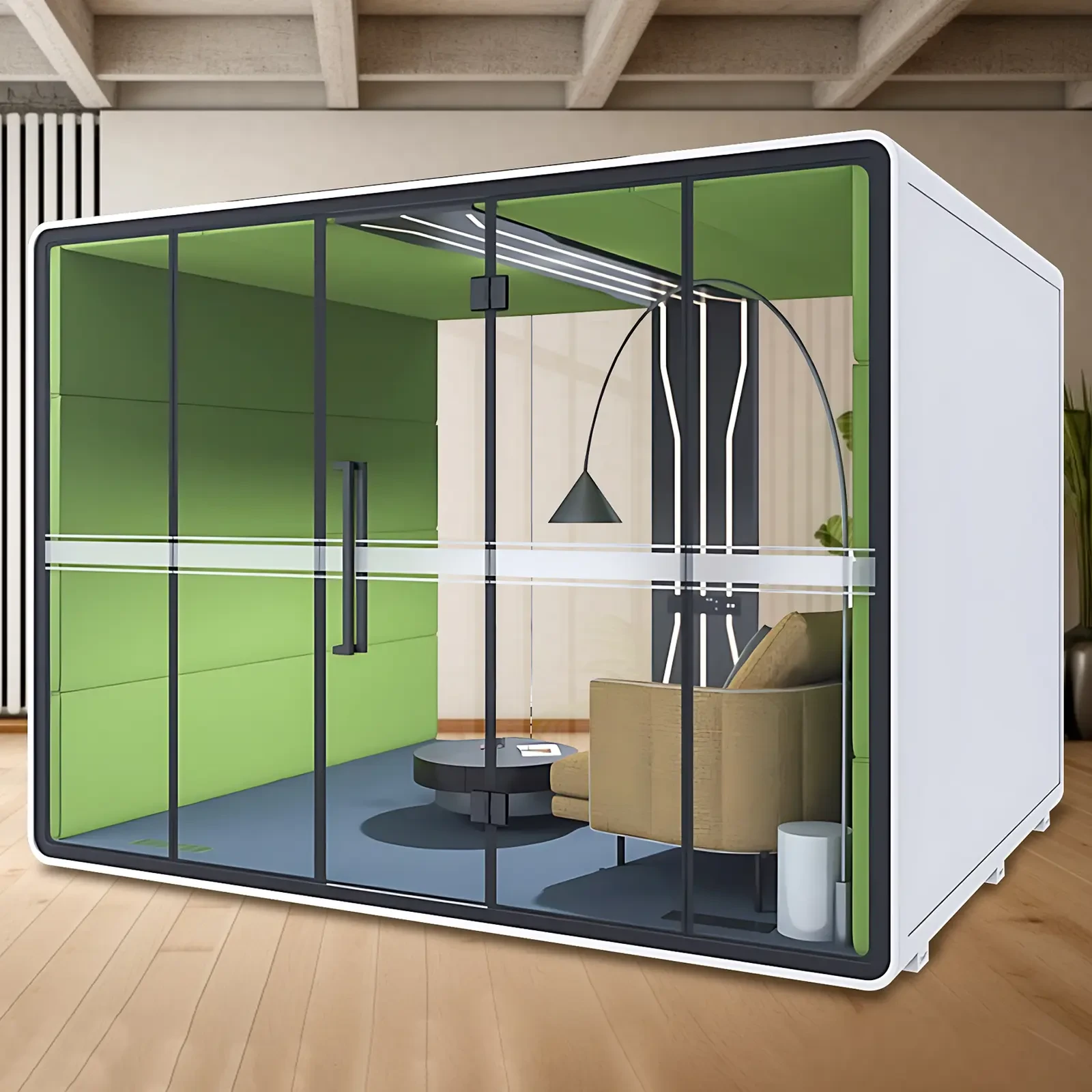In a busy work environment, we often encounter a variety of noise distractions, from the hum of printers to the chatter of colleagues to the clatter of traffic. These noises undoubtedly distract us and affect our productivity. With technological advancements and the pursuit of a more comfortable work environment, silent cabins, as an innovative office solution, are gaining popularity among professionals.
The Impact of Noise on Work
Noise is not only a physical phenomenon but also a psychological disturbance. Studies have shown that prolonged exposure to noise can impair concentration, creativity, and memory to varying degrees. In the office, noise not only comes from outside but often also from within. For example, colleagues chatting, phones ringing, keyboards clicking, and so on. While these sounds may seem insignificant, over time they can seriously disrupt our work rhythm and logical thinking.
The Emergence of Silent Cabins
Silent cabins, as a new type of office space, provide professionals with a quiet and private work environment. Silent pods are typically equipped with soundproofing materials to effectively block out external noise, creating a sense of seclusion and tranquility. In this environment, you can focus more deeply on your work and improve your productivity.
Advantages of Silent Pods
1. Efficient Work: In a silent pod, you can isolate yourself from distractions and focus more on the task at hand. This environment helps improve productivity and reduce errors.
2. Privacy: A silent pod provides a private space where you can think and discuss work freely without worrying about interruptions.
3. Comfort: Silent pods are typically equipped with comfortable seating and lighting, ensuring a comfortable experience while working.
4. Mobility: Silent pods are typically designed to be portable, allowing you to place them anywhere you need them for convenience and flexibility.
Challenges and Future of Silent Pods
While silent pods offer many advantages, they also face some challenges. For example, the high cost of silent pods makes them not affordable for all companies. Furthermore, over-reliance on silent pods can reduce communication and interaction among employees, hindering teamwork. In the future, as technology continues to advance, we expect silent cabins to reduce costs while adding more intelligent features, such as automatic noise detection and automatic environmental adjustments, to better meet the needs of professionals.
Conclusion
The impact of noise at work cannot be ignored. As an innovative office solution, silent cabins, while still facing some challenges, undoubtedly offer us a new direction. In the future, we should pay greater attention to the comfort of the work environment and create a more efficient and comfortable workspace for employees.

 USD
USD
 GBP
GBP
 EUR
EUR






